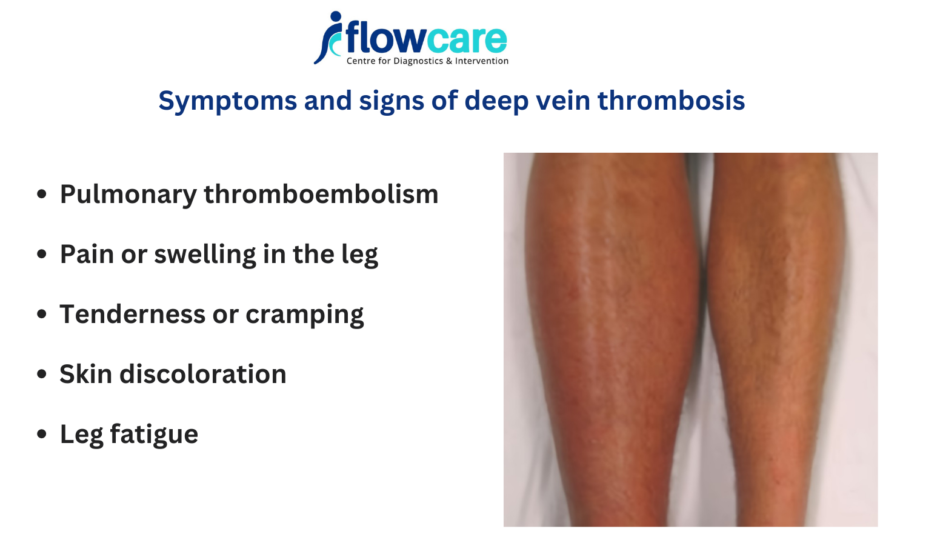Introduction to DVT Symptoms
Deep vein thrombosis (DVT) is a condition that involves the formation of blood clots in the deep veins of the body, typically in the legs. While many people may not realize they have DVT, the symptoms can be severe and lead to serious complications if not treated promptly. Recognizing DVT symptoms is crucial for early diagnosis and effective treatment.
In this article, we will explore what DVT is, the common symptoms associated with it, and how to recognize them. We will also discuss when to seek medical help and the steps you can take to prevent DVT from affecting your health.
What is Deep Vein Thrombosis (DVT)?
Deep vein thrombosis occurs when a blood clot, or thrombus, forms in one of the deep veins of your body, usually in the legs. These clots can prevent blood from circulating properly, leading to swelling and pain. The condition can be dangerous because if a clot breaks loose, it can travel to the lungs, causing a pulmonary embolism (PE), which is life-threatening.
DVT can occur due to various factors, including prolonged inactivity, surgery, or certain medical conditions. Understanding DVT symptoms early on can help prevent more severe outcomes.
Common DVT Symptoms
Recognizing the symptoms of DVT is important for early intervention. The signs of DVT vary from person to person, and some people may not show any symptoms at all. Here are some of the most common DVT symptoms to look out for:
1. Swelling in One Leg
One of the most noticeable symptoms of DVT is swelling in one leg. The affected leg may become visibly larger than the other, and the swelling may worsen as the day goes on. This swelling is caused by the blood clot blocking the flow of blood, leading to fluid buildup in the tissues.
2. Pain or Tenderness in the Leg
Pain or tenderness in the affected leg is another common symptom of DVT. The pain may feel like a cramp or ache, and it may worsen when standing or walking. This discomfort can be localized to the calf or thigh, depending on the location of the clot.
3. Warmth and Redness
The skin over the affected area may become warm to the touch, and you may notice redness or discoloration. This is due to the inflammation caused by the clot and the body’s natural response to it.
4. Swollen or Enlarged Veins
In some cases, the veins in the affected leg may appear more prominent or bulging. This can occur because the clot prevents blood from flowing freely, causing the veins to enlarge.
5. Skin Discoloration
In some cases, DVT can cause the skin over the affected area to take on a bluish or reddish tint. This is a sign of poor blood circulation and should be taken seriously.
6. Increased Pain While Standing or Walking
If you notice increased pain or discomfort while standing or walking, it could be a sign that you’re dealing with a blood clot. The pressure of standing or moving around can aggravate the blockage, making the pain worse.
7. Sudden Shortness of Breath or Chest Pain
While these symptoms are not always directly associated with DVT, they can indicate that the clot has traveled to the lungs, causing a pulmonary embolism (PE). If you experience sudden shortness of breath, chest pain, or coughing up blood, seek emergency medical attention immediately.
Risk Factors for DVT
Certain risk factors increase the likelihood of developing DVT. While not everyone with these risk factors will develop the condition, it’s important to be aware of them, especially if you start noticing any DVT symptoms. Common risk factors include:
- Prolonged immobility: Sitting or lying down for extended periods, such as during long flights or bed rest after surgery, increases the risk of blood clots.
- Surgery or injury: Recent surgery, especially orthopedic procedures like hip or knee replacements, can lead to DVT due to decreased mobility and blood flow.
- Age: Individuals over the age of 60 are at a higher risk for DVT, although it can occur at any age.
- Family history: A family history of DVT or blood clotting disorders may increase the risk of developing the condition.
- Pregnancy: Hormonal changes and increased pressure on the veins during pregnancy can raise the risk of DVT.
- Obesity: Carrying excess weight puts additional pressure on the veins in the legs, which may contribute to clot formation.
- Smoking: Smoking damages the blood vessels and increases the likelihood of developing blood clots.
- Certain medical conditions: Conditions like cancer, heart disease, and inflammatory bowel disease can increase the risk of DVT.
When to Seek Medical Help
If you experience any of the DVT symptoms mentioned earlier, it’s important to seek medical advice as soon as possible. Early treatment can prevent complications like pulmonary embolism or chronic venous insufficiency.
You should seek immediate medical attention if you experience:
- Sudden chest pain or shortness of breath
- Swelling in one leg that is severe or persists
- Red or warm skin around the swelling
- Difficulty breathing or coughing up blood
Diagnosis and Testing for DVT
To diagnose DVT, your healthcare provider may conduct several tests, including:
- Ultrasound: This is the most common test used to diagnose DVT. An ultrasound uses sound waves to create images of the blood flow in your veins.
- Blood tests: A blood test called a D-dimer test measures the level of a substance that is released when a blood clot breaks up. Elevated levels may indicate the presence of a clot.
- CT scan or MRI: In certain cases, a CT scan or MRI may be used to visualize blood clots in the veins.
Treatment of DVT
Treatment for DVT is aimed at preventing the clot from getting larger, preventing new clots from forming, and reducing the risk of complications. Common treatment options include:
- Blood thinners: Medications like heparin or warfarin are used to thin the blood and reduce the risk of further clot formation.
- Compression stockings: These are worn to improve blood circulation and reduce swelling in the affected leg.
- Thrombolytics: In severe cases, medications that dissolve the clot may be used.
- Surgery: In rare cases, surgical intervention may be required to remove the clot.
Preventing DVT
While it may not be possible to completely prevent DVT, there are steps you can take to reduce your risk:
- Stay active: Regular exercise and movement can help improve blood circulation.
- Avoid prolonged immobility: If you are traveling for long periods or recovering from surgery, make sure to take breaks and move around regularly.
- Maintain a healthy weight: Staying at a healthy weight reduces pressure on the veins.
- Stop smoking: Quitting smoking improves blood vessel health.
- Wear compression stockings: If you are at high risk, your doctor may recommend compression stockings to help prevent DVT.
Conclusion
Understanding and recognizing DVT symptoms is essential for early diagnosis and treatment of deep vein thrombosis. By staying aware of the signs and seeking timely medical attention, you can reduce the risk of serious complications like pulmonary embolism.
If you are at risk for DVT, make sure to take preventive measures, such as staying active, avoiding prolonged immobility, and maintaining a healthy lifestyle. If you experience any symptoms of DVT, contact your healthcare provider right away for proper evaluation and treatment.




